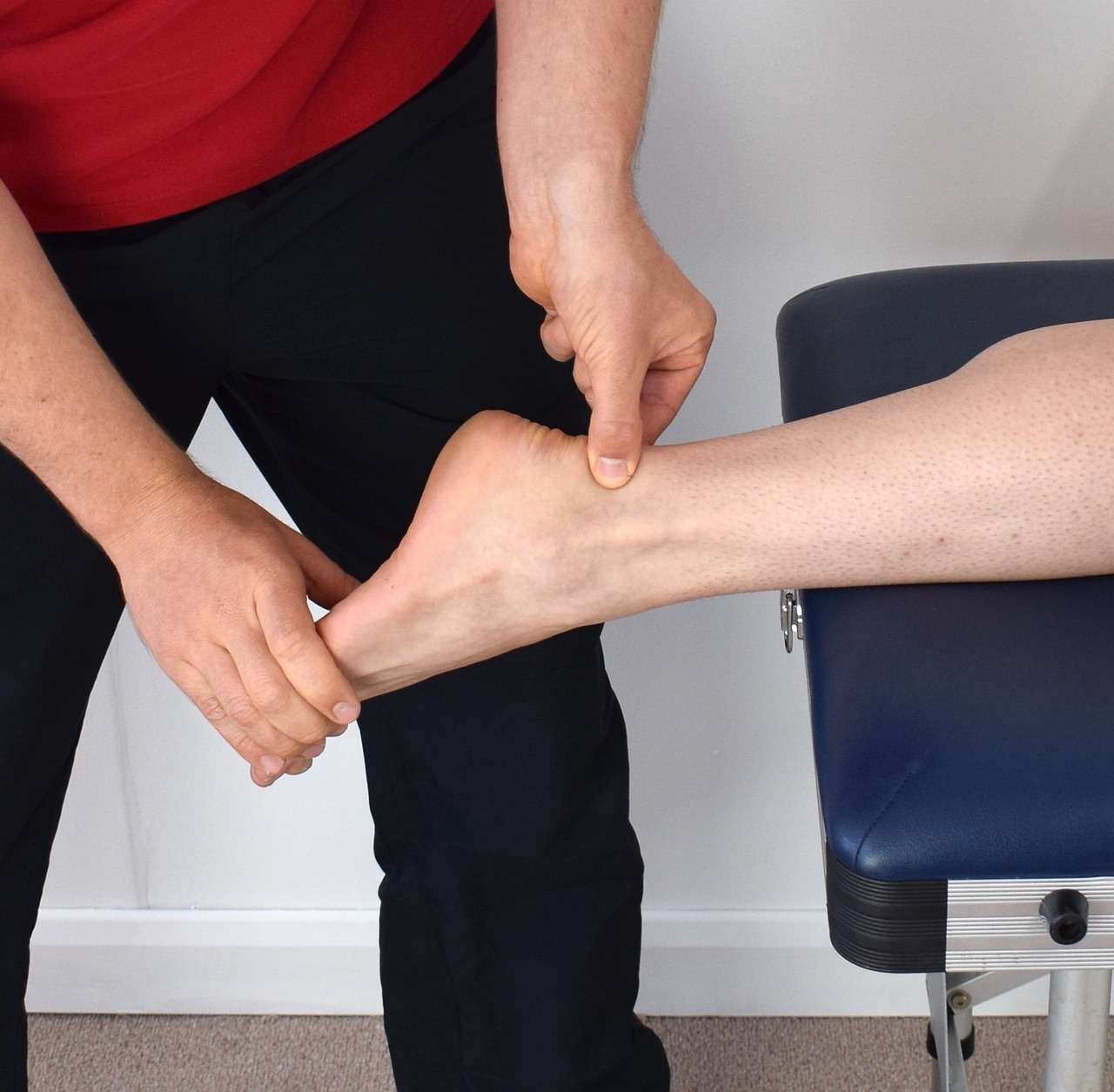Peroneal tendinosis, also known as peroneal tendonitis or peroneal tendinopathy, can be a painful and limiting condition that affects the tendons on the outer side of the ankle. These tendons play a crucial role in stabilizing the ankle joint and facilitating movement. If left untreated, peroneal tendinosis can lead to decreased ankle flexibility and mobility. This comprehensive guide explores effective treatments and exercises to restore flexibility in the ankles post tendinosis, ensuring a smoother road to recovery.
Understanding Peroneal Tendinosis
Peroneal tendinosis is a condition characterized by the degeneration and inflammation of the peroneal tendons. These tendons run along the outer side of the ankle, aiding in the movement and stability of the joint. Overuse, improper footwear, or sudden increase in physical activity can contribute to the development of this condition. The symptoms may include pain, swelling, and limited ankle flexibility.
Effective Treatments for Peroneal Tendinosis
Rest and Immobilization: One of the initial steps in treating peroneal tendinosis is giving the affected tendons adequate rest. Immobilizing the ankle with a brace or supportive footwear can help reduce stress on the tendons and promote healing.
Ice and Compression: Applying ice to the affected area can alleviate pain and reduce inflammation. Compressing the area with a bandage can also help control swelling.
Anti-Inflammatory Medications: Over-the-counter nonsteroidal anti-inflammatory drugs (NSAIDs) can help manage pain and inflammation associated with peroneal tendinosis. However, it’s important to consult a healthcare professional before using any medication.
Physical Therapy: A tailored physical therapy program can greatly aid in restoring ankle flexibility and strength. Therapists will guide patients through exercises that target the peroneal tendons and surrounding muscles.
Peroneal Tendinosis-Specific Treatments: Some cases of peroneal tendinosis may require more specialized treatments, such as ultrasound therapy or corticosteroid injections. These treatments should be administered under the guidance of a medical professional.
Exercises for Restoring Ankle Flexibility
Ankle Alphabet Exercises: Sit or lie down with your leg extended. Gently trace the alphabet in the air with your toes, moving only your ankle joint. This exercise helps improve ankle range of motion.
Calf Stretches: Stand facing a wall, place your hands on it, and step one foot back. Keep both heels on the ground and bend your front knee. You should feel a stretch in the calf of the extended leg. Hold for 20-30 seconds on each side.
Resistance Band Exercises: Attach a resistance band to a sturdy object and loop it around the top of your foot. Sit on the floor with your leg extended and flex your foot upward against the resistance. This helps strengthen the peroneal tendons and surrounding muscles.
Towel Scrunches: Place a small towel on the floor and use your toes to scrunch it toward you. This exercise targets the muscles of the foot and ankle, promoting flexibility and strength.
Heel Raises: Stand on the edge of a step with your heels hanging off. Slowly raise and lower your heels, using both feet. This exercise works the calf muscles and contributes to overall ankle stability.
Restoring flexibility in the ankles post peroneal tendinosis is a gradual process that requires a combination of effective treatments and targeted exercises. Proper rest, icing, and professional guidance are crucial during the healing process. Incorporating flexibility-enhancing exercises into your routine can greatly aid in the recovery journey and help prevent future issues. Remember to consult a healthcare professional before starting any new treatment or exercise regimen to ensure it is appropriate for your specific condition.
Boyner Clinic has an innovative range of custom orthotics which can bring a major corrective change in your body’s biomechanics. Book an appointment today or call us at 1800-309-3809

